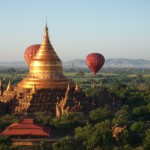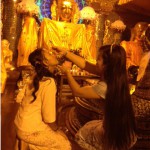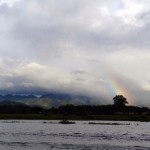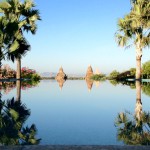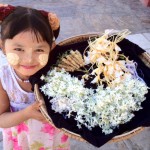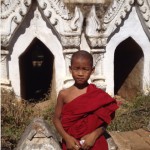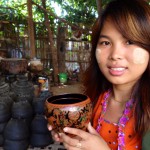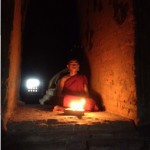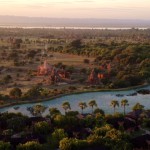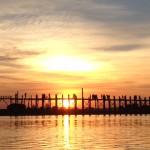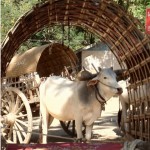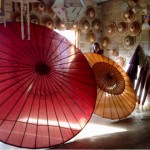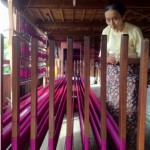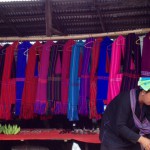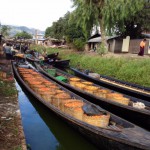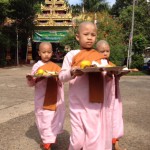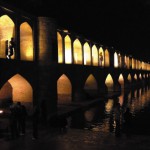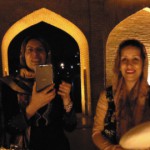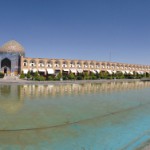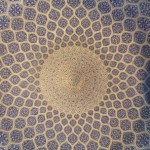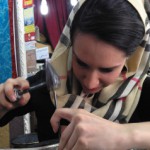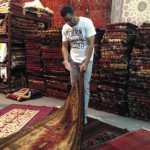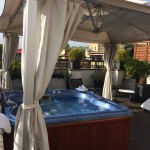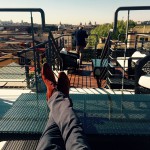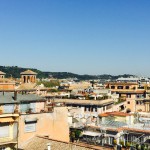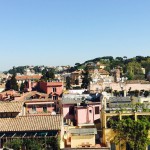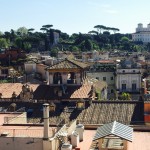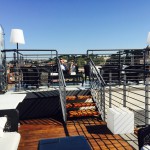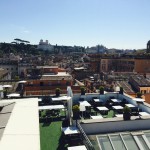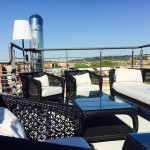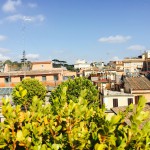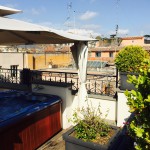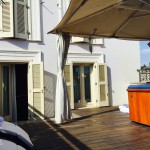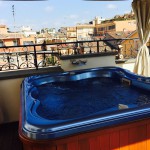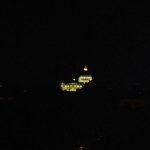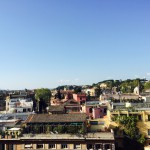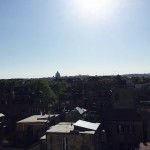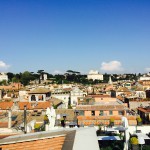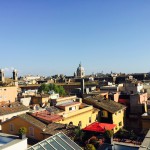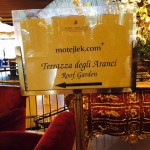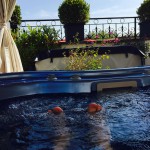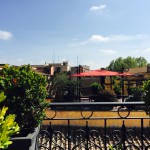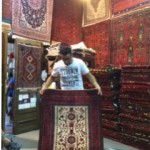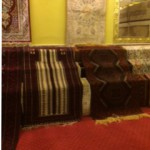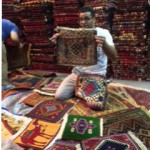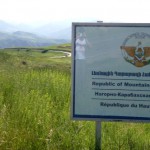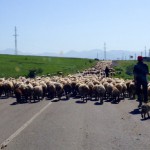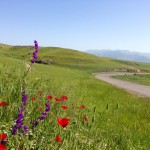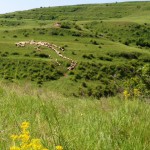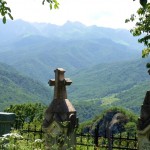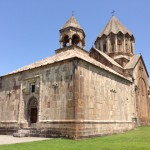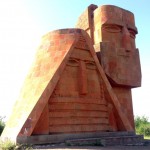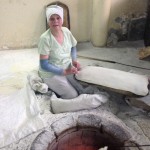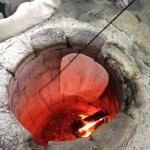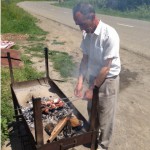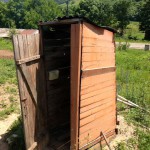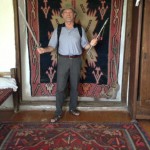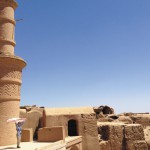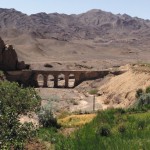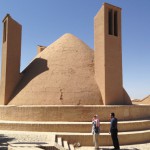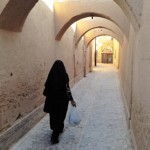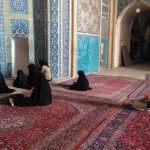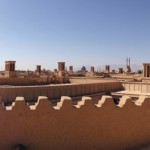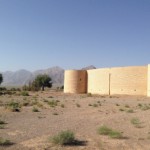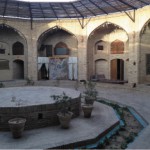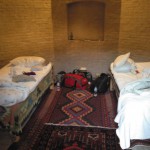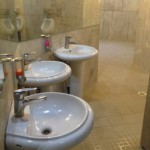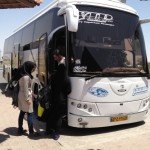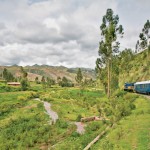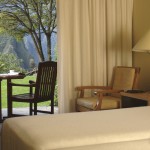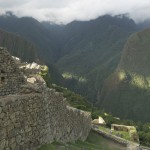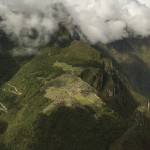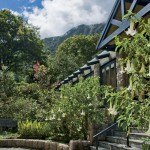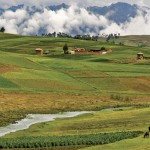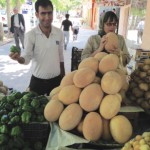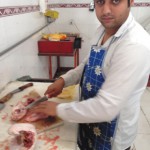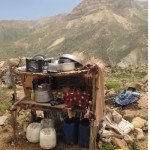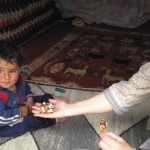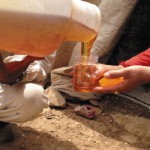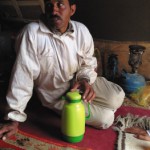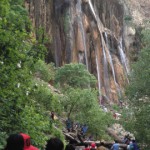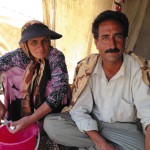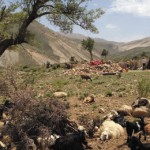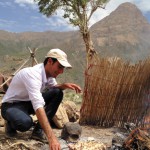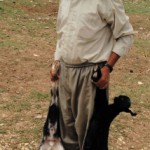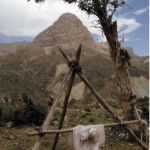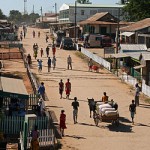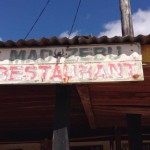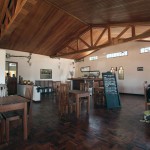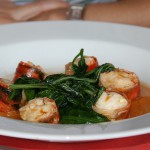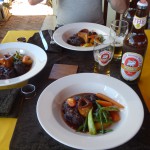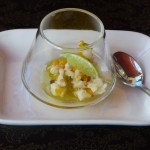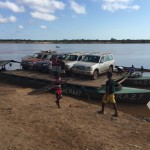For many years my trusted Burmese translator and I used to speak in code if within an earshot of any other person. „Even Buddha’s suffering came to an end,“ was a sentence connoting the hopeful future end of the military regime in the country. Therefore I was mighty shocked during my last visit in November to the country also know as Myanmar to find young boys openly hawking pictures of The Lady (dissident leader Aung San Suu Kyi). My beaming translator not only drove me to Kyi’s house, where the heavy military police of the past was suspiciously missing, but also past a modest house with the sign of her political party prominently displayed. For the first time in decades there was hope for freedom and democracy and people openly reveled in this suddenly attainable dream.
2012 brought Burma into the headlights with the visit of Hillary Clinton to the new capital Nya Pi Daw, where she met with the general, who took off his military uniform. She then had tea with The Lady in the old capital Yangon. Soon after, Aung San Suu Kyi,who spent decades in prison and under house arrest won a parliamentary seat and her party won overwhelmingly every other open seat. The tightly sealed world of mysterious Myanmar has started to crack open.
The Dark Side of the New Freedom
As much as I delight at the prospect of true freedom and democracy for my friends in my favorite South East Asian country I worry about the floodgates opening uncontrollably. With the forgiving of debts by Japan and lifting of sanctions by EU, the economic gates will open anew. While the people are one of the poorest in the world the prospect of imports is not immediate. But the country is incredibly rich in natural resources and it has already been plenty plundered by the unscrupulous, corrupt generals with the help of China and other countries not giving a fart about US and EU sanctions. Now the rest of the world will step into the fray of getting rich quick schemes in the old teak forests and new jade mines. What worries me even more is the ability of the kind, gentle and friendly people, who have been isolated from the ills of the Western civilization for so long, to cope with the influx of crime, gambling, prostitution and sexually transmitted infections, which is surely to follow.
Selfishly, I already morn the loss of solitary enjoyment of the many magnificent historical, cultural and natural monuments. I know too well what happened to Angkor Wat in Cambodia, or Taj Mahal in India, which are inundated by rowdy and pushy busloads of camera toting tourists, thronged by begging kids, selling postcards and trinkets. Not to speak of the ills of orphanage tourism. If you ever dreamed of stepping into this amazing, colorful country, go now, this might as well be the last wagon of the last train to catch, before everything changes. And the prices due to incredibly sparse tourist infrastructure skyrocket. They are already creeping up incrementally as every American tour operator adds Burma to the top of their NEW DESTINATIONS list!
The Best Sights
If you go, don’t bother spending much time in the biggest city, Yangon (formerly Rangoon). It is pretty much the only way to fly in and out of the country, but a day there is enough to see the faded, decrepit elegance of old colonial buildings, the spruced up, expensive Strand hotel (you don’t need to stay there to enjoy the best of tribal and contemporary art at their galleries) and the stunning golden, gem encrusted Buddhist Shwedagon Pagoda (best seen at sunset). A quick dash to the Scott’s market before departure should get you inexpensive, yet colorful gifts for everyone on your list. But with the right guide you would also experience the sights bringing you back a century. If you were willing to get up early, you could immerse yourself in the processing and trade of thousands of fish at the huge fish market (nothing has changed there, half naked men labor with big cleavers while huge blocks of ice are being dragged across the floor with hooks). You could ride a ferry with everyday folks going to work, you could gain entry into a nunnery and help serve lunch to hundreds of young novices in their pink robes. You could have dinner in the little known restaurant, hiding on the top floor the former office and personal typewriter of the Father of the Nation (and the father of The Lady) Aung San.
But bigger and better things await you. While every classical itinerary takes tourists to Inle Lake, Mandalay and Bagan, if you have the time and the inclination I would suggest you add a pilgrimage to the Golden Rock (Kyaiktiyo). It is an amazing sight, a huge golden boulder, teetering precariously on the edge of a mountain and it is a unique experience to go there with thousands of real native pilgrims; monks, hermits and all.
Bagan Temples
Most people are familiar with the pictures of magnificent Cambodian Angkor Wat Temples but in my view, it is the plain of Bagan with more than 2000 temples strewn on it that is the most impressive architectural monument of Asia. Especially if it is seen from a hot air balloon at sunrise. At its height between the 11-13th centuries over 20,000 temples were built and up to 200,000 peopled occupied the capital of the Pagan Kingdom. It flourished at the same time as the ancient Cambodian Khmer kingdom of Angkor. Because of the aridity on the plain the temples are much better preserved in Bagan and while the strangling jungle views of the Angkorian black stone ruins are impressive, I am more awestruck by the otherworldly multitude of sandy pyramidal temples in Burma. One can choose to ride a colorful horse drawn cart while exploring the frescoed interiors or participate in the ceremonies of bringing rice or new robes to the monks in the active temple. Just a few hours ride away, past simple villages and farm fields plowed by traditional bulls, is one of the best kept secrets, visited but by very few tourists- Mt. Popa. There, on the solitary outcrop 37 animistic Nat spirits coexist peacefully with Buddha statues, while cheeky monkeys chase each other and beg for food, making it more entertaining to climb the 777 steps that lead to the golden stupa on the top.
Inle Lake
Pictures of one legged rowers on the beautiful blue Inle Lake are the typical tourist poster snapshots. Unfortunately many of the fishermen in their traditional garb nowadays don’t fish for water creatures but for tourist tips. Still, this freshwater lake in the Shan hills is breathtakingly beautiful and here one has the best chance to encounter some of the over 100 ethnic tribes and groups of the Union of Myanmar: Intah, Shan, Pa-O and even a few long neck Palaung ladies. Because most are devout Buddhists, many shrines are built on the edges and in the middle of the lake. The Intha fishermen live in simple houses of wood and woven bamboo on stilts and fish with special conical bamboo contraptions. It is fascinating to watch the solitary fisherman row with one leg wrapped around a paddle, balancing on the stern of a shallow boat while pushing the fish trap into the water. It is also interesting to see their other venture-floating garden built upon the surface of the lake, where they grow ruddy tomatoes, green string beans, squash and many colorful flowers for sale on the shore or floating markets. When combined with Pa-O woodsellers that walk down from the hills, the sight of the market can be quite colorful as many still wear their traditional clothes and head gear. There are silverware and cigar making workshops to visit, as well as mulberry paper and beautiful hand woven silk. One of my favorite stops on the lake is a Burmese cat sanctuary, where one can play with the many friendly chocolate colored pure breads, while waiting for a delicious lunch of local specialties to be served.
It is a special treat to visit homes of fishermen, cigar makers, farmers or teachers. They are most gracious of hosts, with unrivaled curiosity and generosity. They are proud yet kind, with friendly smiles and delighted to be the stars of your photos. Children wave cheerfully, but for the youngest who can hide terrified behind mother’s skirts in some parts of the country for never having been exposed to the sight of strange white people.
There are many other interesting places to visit in Burma, and getting just a bit off the main beaten path on the tourist routes will let you experience Asia as it used to be long time ago and is but nearly gone in other countries.

